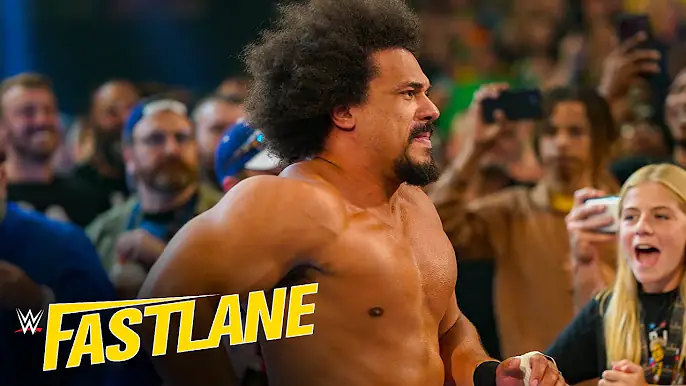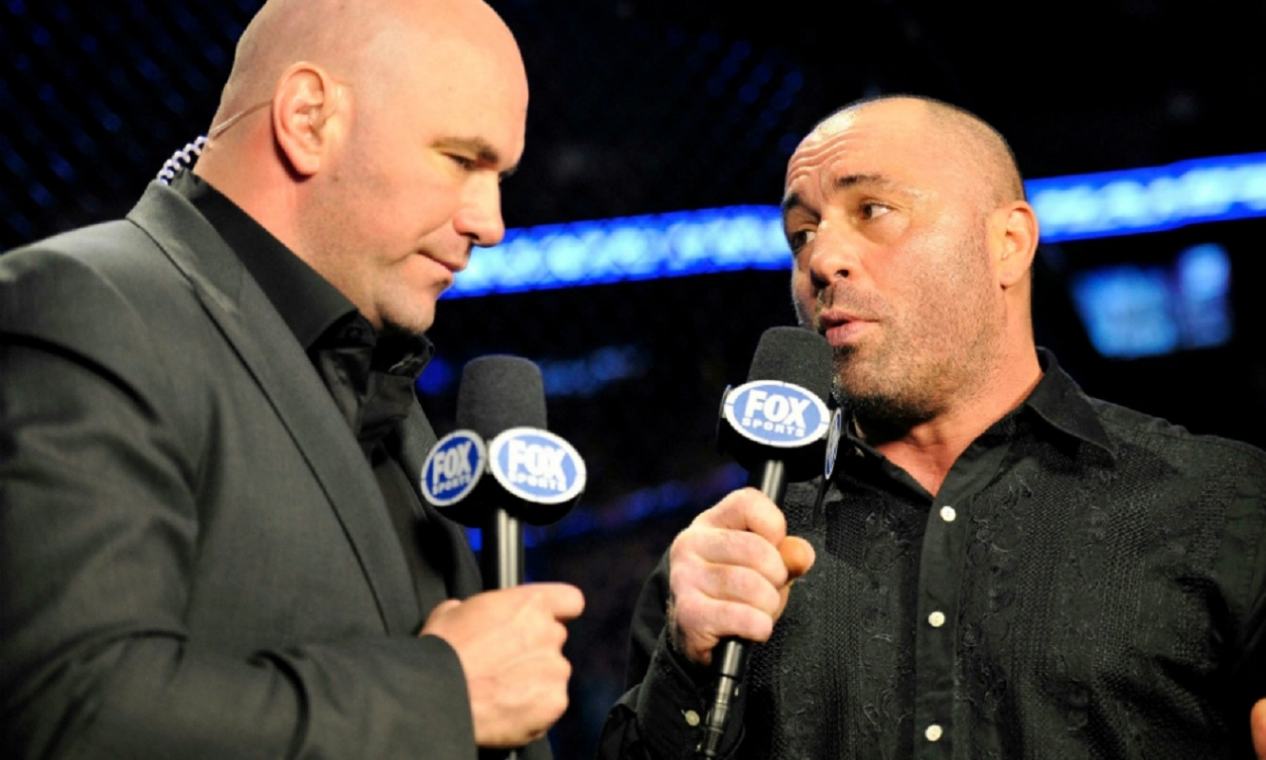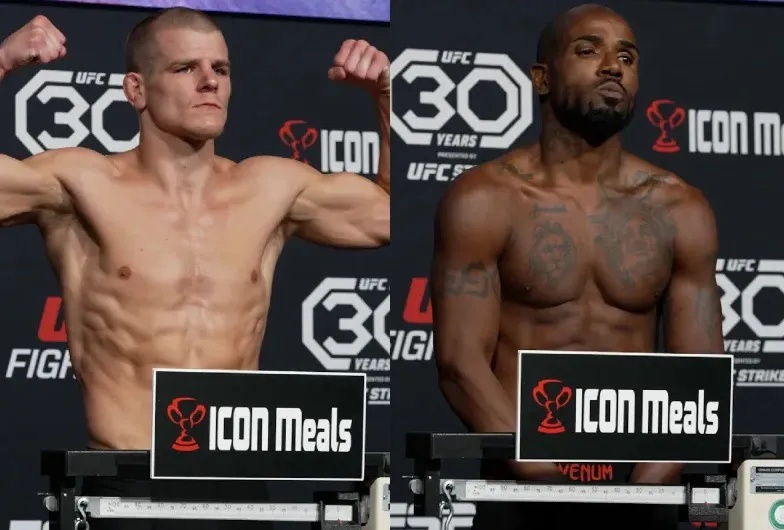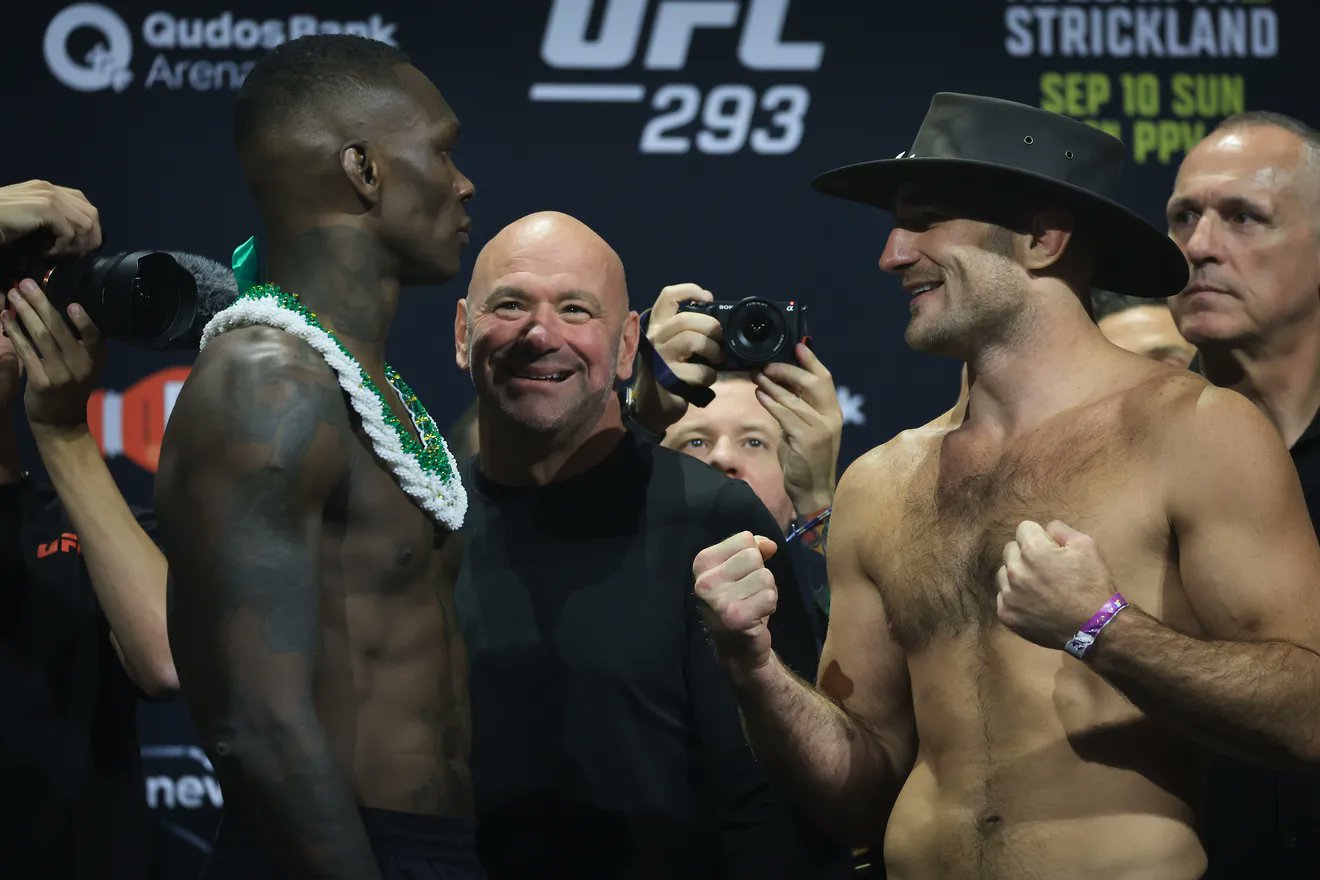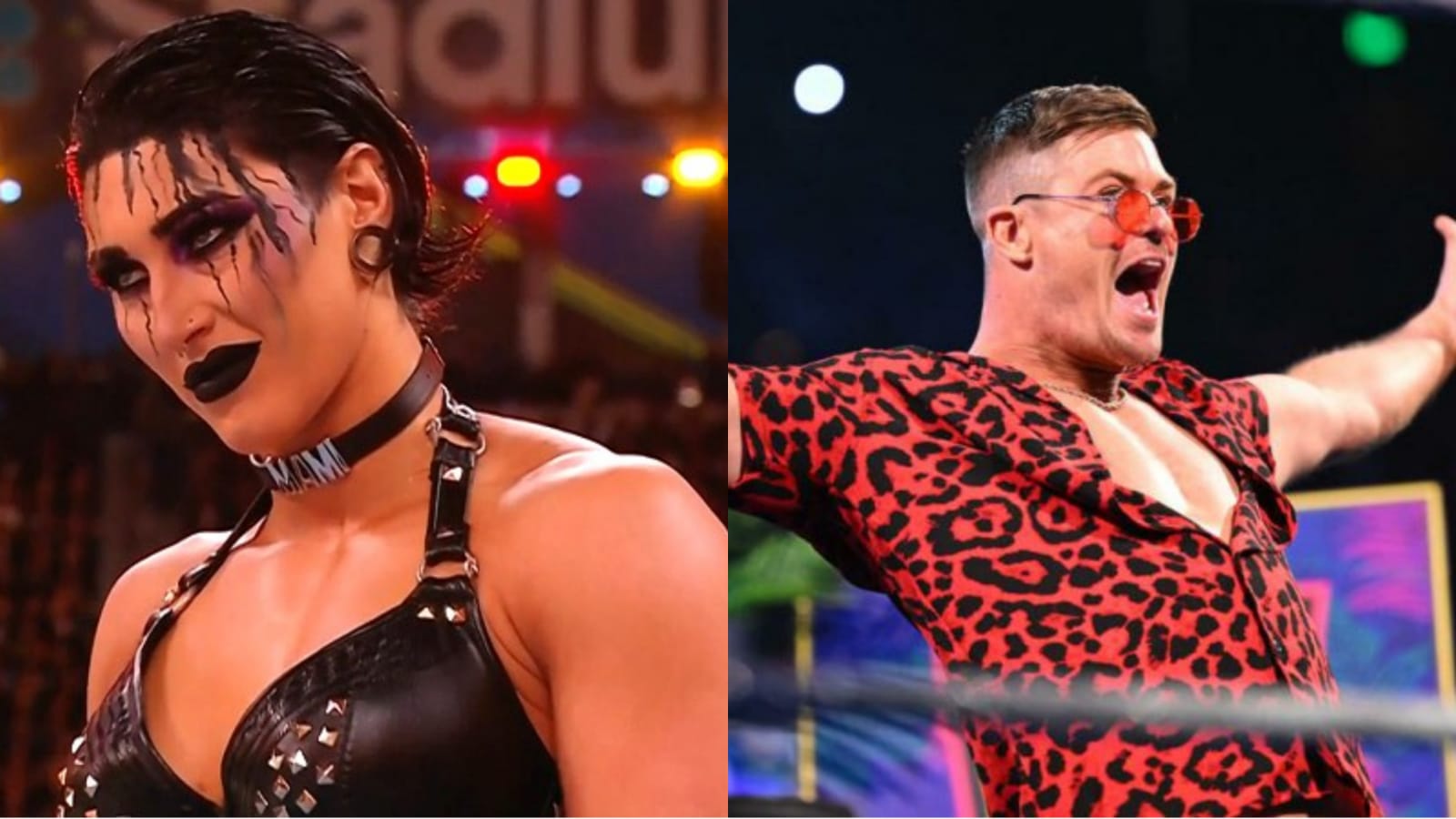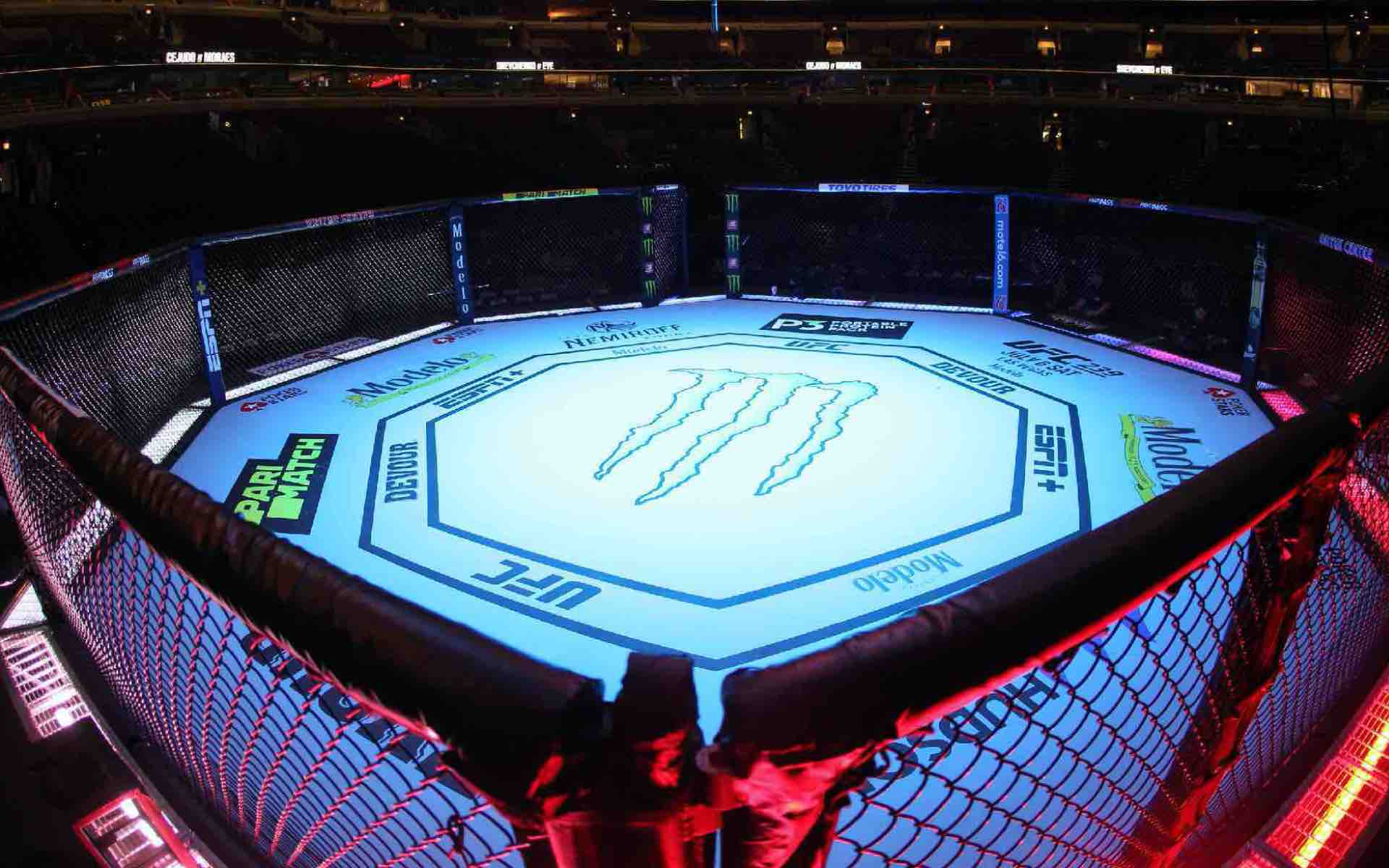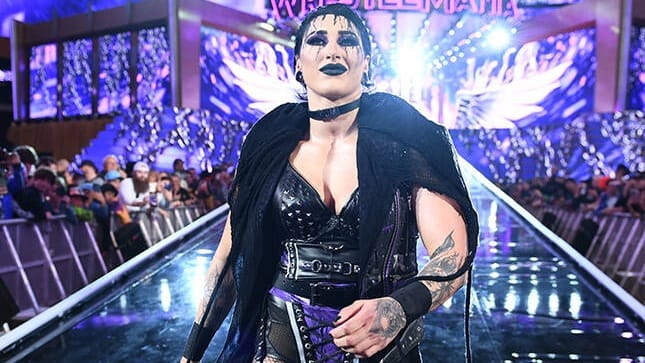WWE’s Most Iconic Championship Belts: History And Design
Professional wrestling is a sport in great depth with rich tradition and storytelling, involving larger-than-life characters. At the very core of this drama and glamor regarding wrestling are awarded championship belts indicative not only of the trophies or prizes won but also meant to embody things like prestige, history, and, most importantly, honor. WWE is the largest wrestling promotion globally and has made a long-standing history of some of the most iconic championship belts in the industry. More than just props, they become part of the ring-bound stories unfolding. The following article briefly covers the history and design behind some of WWE’s most memorable championship belts.
The WWE Championship
History
Credited by many as the most elite title in professional wrestling, the WWE Championship was established in 1963. At the time, it was known as the WWF World Heavyweight Championship, brought about when the first champion, Buddy Rogers, was awarded the title. The WWE Championship has been held throughout generations by those whom many consider some of the greatest wrestlers of all time: Bruno Sammartino, Hulk Hogan, Stone Cold Steve Austin, The Rock, and John Cena.
As WWWF became WWF, which in turn became WWE, so did the title’s name. Each of these eras brought along its styles and flair, which were added to the Championship belt, hence making it dynamic regarding change in wrestling.
Design
Externally, over the years, the design of this WWE Championship belt has changed many times, specific to that particular era. The first-ever belt Buddy Rogers wore was simple yet classy, with a globe and eagle theme—a symbol of the all-ideal champion.
In the 1980s, the belt had a major redesign to a larger and more elaborate one. Possibly the most adored design among all the fans is the “Winged Eagle” of 1988—at the time a large eagle spreading its wings across the main plate, complete with its intricate detailing and bright colors. This was the mold most associated with the Golden Era of wrestling, worn by such legends as Hulk Hogan and Bret Hart.
It was the Attitude Era that brought, simply, another redesign of the “Big Eagle” belt, similar in motif but more extensive and more modern in appearance. The early 2000s brought in the “Undisputed Championship” belt, a sleeker design that fuses elements from previous belts.
The most extensive redesign was in 2013 with the “Big Logo” belt; the large WWE logo would center at the plate. Since then, it has undergone several subtle changes. Among them is adding customizable side plates to make the belts of individual champions distinct. Today, this design represents a brand-centric direction for WWE regarding globalization and its feel of modernity.
The Intercontinental Championship
History
The Intercontinental Championship was born in 1979, though Pat Patterson is primarily regarded as the first champion because he combined the North American and South American titles. What would start off as an intercontinental championship to work behind-upper-tier to the WWE Championship became a proving ground for potential talent that would headline the main events in the future.
The Intercontinental Championship has, over the years, been held by some of wrestling’s finest talents; among them, instantly recognizable ones include Randy Savage, Ricky Steamboat, Shawn Michaels, and Chris Jericho. Considerably linked to the Intercontinental Championship are perfect quality matches and technical excellence; this effectively tagged the championship as the “workhorse” title.
Design
The original design of the Intercontinental Championship belt was simple yet classic, inlaid with a globe motif and topped off by a bold eagle. 1985 saw a significant redesign for the belt, that produced the iconic white strap and detailing of the main plate; this became synonymous with late-80s/early-90s wrestling and became synonymous with legends Randy Savage and Mr. Perfect alike.
In 1998, the Attitude Era was reigniting, and so it received further evolution into modern appeal with a black strap and a renewed main plate. This design remained in use until 2011, when WWE returned to a previous classic design in appeal from the 1980s, reattaching the white strap—yet another nice gesture to the tournament enthusiasts.
The redesign in 2019 made this Championship sleeker and more modern-looking, subtle in color, meaning that it had a black strap with a minimum main plate displaying geometric patterns. This design goes on further to express the thoughts of modernity WWE shares still holding tight onto its limb of the previous prestige and history of the Intercontinental Championship.
The United States Championship
History
The United States Championship has a rich history, dating back to its establishment in 1975 in the promotion known as Mid-Atlantic Championship Wrestling. The latter evolved into part of Jim Crockett Promotions and then World Championship Wrestling (WCW). When WWE bought WCW in 2001, this title became the eventual part of WWE’s championship lineup.
This title has operated for many game legends, from Ric Flair and Dusty Rhodes to Lex Luger; more recently, John Cena increased its prestige with his “U.S. Open Challenge” in 2015. On the other hand, it sees a championship of young uprising stars heating the ranks and serving as talent blossoming.
Design
WCW’s championship design for the United States Championship originally had a fundamental but bold main plate featuring an important American flag theme. The design was refreshed to show the company’s branding when WWE adopted the title.
In 2003, the belt was updated to have a more modern look, having a black strap with an overwhelming American flag background on the main plate. This design epitomizes the era of John Cena’s reign, as he adopted a custom spinner variant of the championship, that gave his persona an individual flair.
In 2020, WWE released an improved design of the United States Championship, in which there is a far bigger main plate with an eagle-facing front and other redrawn patriotic elements that make it modern. From this design, the idea has been to balance tradition and modernity since the title needs relevance and prestige today.
The Championships for Women
History
Women’s wrestling has a heritage, if not completely paralleled, in the men’s division. The WWE women’s championship dates as far back as 1956. Notable title variations include the WWE Women’s Championship, the Divas Championship, and now the current WWE Raw and SmackDown Women’s Championships.
It has been held by some groundbreaking Women’s Championship holders like Fabulous Moolah, Trish Stratus, Lita, and more recently, Charlotte Flair, Becky Lynch, and Sasha Banks. The title has come to be received and progressed with the women’s division, just as the importance and regard toward women’s wrestling began gaining ground in WWE.
Design
The original Women’s Championship belt was plain in design, reflecting the era and perception of women in wrestling. It came with an unadorned center plate merely with a crown and scepter motif, which would denote a lady champion.
In 2008 came another design with the introduction of the Divas Championship: a much more flashy modern design with a butterfly shape to the main plate and color that pops. It was designed to appeal to a younger audience, but it divided fan and wrestler opinion alike.
In 2016, as part of WWE’s effort to complete the Women’s Revolution, the Divas Championship was retired and replaced with the WWE Women’s Championship. Later, it was divided into what is now the Raw and SmackDown Women’s Championships. The haft includes a large WWE logo and has customized side plates. It is constructed like a WWE championship design to identify equality and prestige. The red and blue accents are used for Raw and SmackDown correspondence.
The Tag Team Championships
History
Tag team wrestling has been something that WWE has done since the 1950s—not the WWE Tag Team Championship, however, which was introduced in 1971. The title evolved many times; some of these variations feature such events as a World Tag Team Championship and a WWE Tag Team Championship before finally resulting in the current Raw and SmackDown Tag Team Championships.
The tag team division has spawned some of the most memorable, recognizable tag teams in wrestling history: The Hart Foundation, The Legion of Doom, The Dudley Boyz, and now, The Usos. They gave way to some of history’s most innovative and bruising matches, all of which put WWE in the forefront with great storytelling.
Design
Although the very first WWE Tag Team Championship belts were classic in design, most with a primary main plate and minimal detailing throughout, the belts have changed to adapt to the shifting world and rise in prestige for the tag team division.
In 2002, WWE issued a new design of the WWE Tag Team Championship with a more modern and detailed main plate, including a Globe motif and prominent eagles. This design remained in use until 2010, when WWE introduced a unified design for the World Tag Team Championship and the WWE Tag Team Championship.
The current tag team titles for the Raw and SmackDown brands, introduced in 2016, are very similar in design, allowing a face-looking gladiator helmet motif with bold colors. What differentiates the sets that belong to Raw and SmackDown, respectively, are red and blue straps. This considers the brand split and gives peculiarity to the titles from a visual point of view.
The NXT Championships
History
WWE’s developmental brand, NXT—initially started as Florida Championship Wrestling—has turned into a respectable and influential part of the company. It came up with the NXT championship in 2012, then the NXT Women’s Championship, NXT Tag Team Championship, and NXT North American Championship. NXT has been responsible for touting new talent and innovative wrestling styles, where the championships provided a platform to future WWE superstars. Championships have been held by a new generation of wrestlers, such as Seth Rollins, Sasha Banks, Finn Bálor, and Adam Cole. While a bit bold in design, with the large “X” forming its centerpiece and fitted with a sleek black strap, this original NXT
Championship belt reflected something edgy and, at the same time, modern about the brand. In 2017, WWE changed the NXT Championship plate to a more accurate, full-detail design. It had a much more straightforward “X” and gold accents. They redesigned the NXT Women’s Championship and NXT Tag Team Championship to have more visual appeal, which appropriately fit the changing identity of the brand at the time.
The NXT North American Championship was established in 2018 and was uniquely designed to have a classic and vintage look. It formed a big main plate with an over-imprinted prominent globe, much like some other titles, detailed side plates, and a make that makes the belt reflect its importance as a platform for upcoming talents in the future.
Conclusion
The WWE championship belts are not only emblems of victory but a part of the story and legacy of professional wrestling. Each of them has been rooted in its history and design, it immediately showing an epoch of its creation and the wrestlers that held it. From the most prestigious WWE Championship to the most innovative NXT, the belts bear evidence of WWE’s journey and dedication to tradition while embracing the future. This goes especially for the championship belts, design, and presentation having much to do with perception of title’s worth and wrestlers vying for them. From nostalgic callbacks—the classically designed belt brought into a modern era—to fresh new aesthetics in step with today’s trends, WWE championship belts capture hearts and eyes across fans worldwide, further fleshing this global fiesta known as professional wrestling. This means that when WWE continues to prosper, the championship girdles or belts remain timeless yet iconic in legacy, capturing the spirit, history, and future of sports entertainment.





